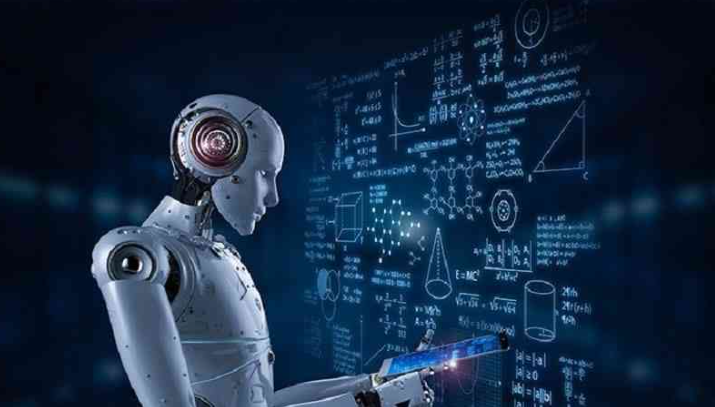What are some of the advantages and disadvantages of automated trading systems? Read on to find out how these systems can facilitate trading, not to mention some of their pitfalls.
Advantages of automated systems
There is a long list of advantages when a computer monitors the markets for trading opportunities and executes the trades, including:
Minimize emotions
Automated trading systems minimize emotions throughout the entire trading process. Keeping emotions at bay usually makes it easier for traders to stick to the plan. Since trading orders are executed automatically as soon as the trading rules are met, traders cannot hesitate or question trading. Automated trading helps not only traders who are afraid to deduct, but also those who tend to overtrade at every perceived opportunity.
Backtesting
Backtesting applies trading rules to historical market data to determine the feasibility of the idea. When developing a system for automated trading, all rules must be absolute and must have no room for interpretation. The computer cannot make assumptions and it must be told exactly what to do. Traders can take these precise rules and test them with historical data before risking money during live trading. Careful backtesting allows traders to evaluate and refine a trading idea and determine the expectation of the system, i.e. to gain (or lose) the average amount a trader can expect per unit of risk.
Diversifying trade
Automated trading software development allows the user to trade multiple accounts or different strategies at the same time. This has the potential to distribute the risk among different instruments and at the same time create protection against the loss of positions. What would be an incredible challenge for a person is efficiently executed by a computer in milliseconds. The computer is able to search for trading opportunities, generate orders and monitor trades in a number of markets.
Disadvantages of automated systems
Automated trading systems offer many advantages, but there are some disadvantages and realities that traders should consider.
Mechanical defects
The theory behind automated trading makes it seem simple: set up the software, program the rules and observe trading. In reality, automated trading is a sophisticated trading method, but it is not infallible. Depending on the trading platform, a trading order can be on a computer, not on a server. This means that if the Internet connection is lost, an order may not be sent to the market. There could also be a discrepancy between the “theoretical trades” generated by the strategy and the component of the order entry platform, which converts it into real trades. Most traders should expect a learning curve when using automated trading systems, and it is generally a good idea to start with small trading sizes while the process is being refined.
Monitoring
Although it would be great to turn on the computer and go for the day, automated trading systems must be monitored. This is due to the possibility of technology errors such as connectivity problems, power outages or computer crashes and system errors. It is possible that an automated trading system has anomalies that can lead to faulty orders, missing orders or duplicate orders. If the system is monitored, these events can be quickly detected and corrected.












